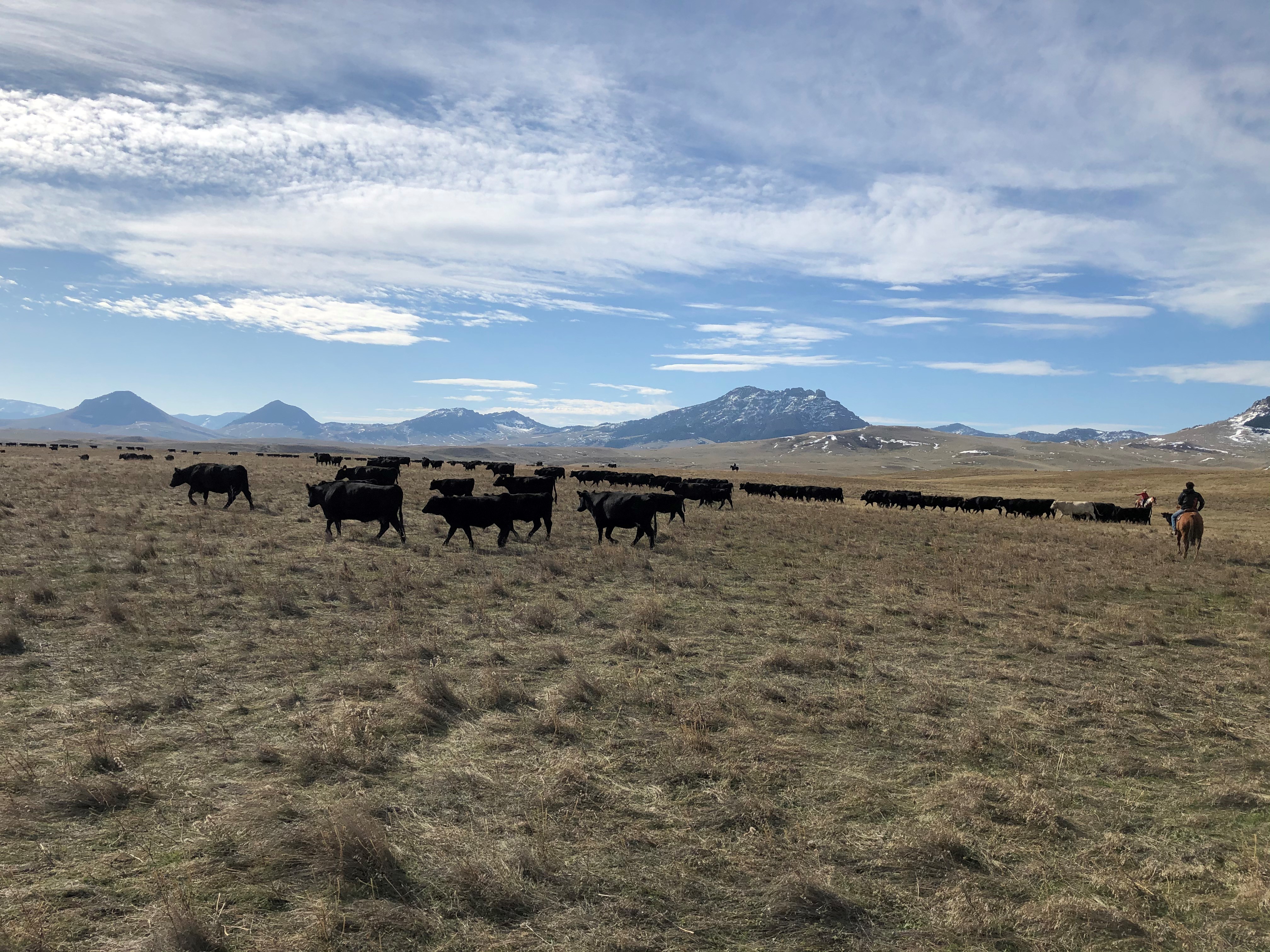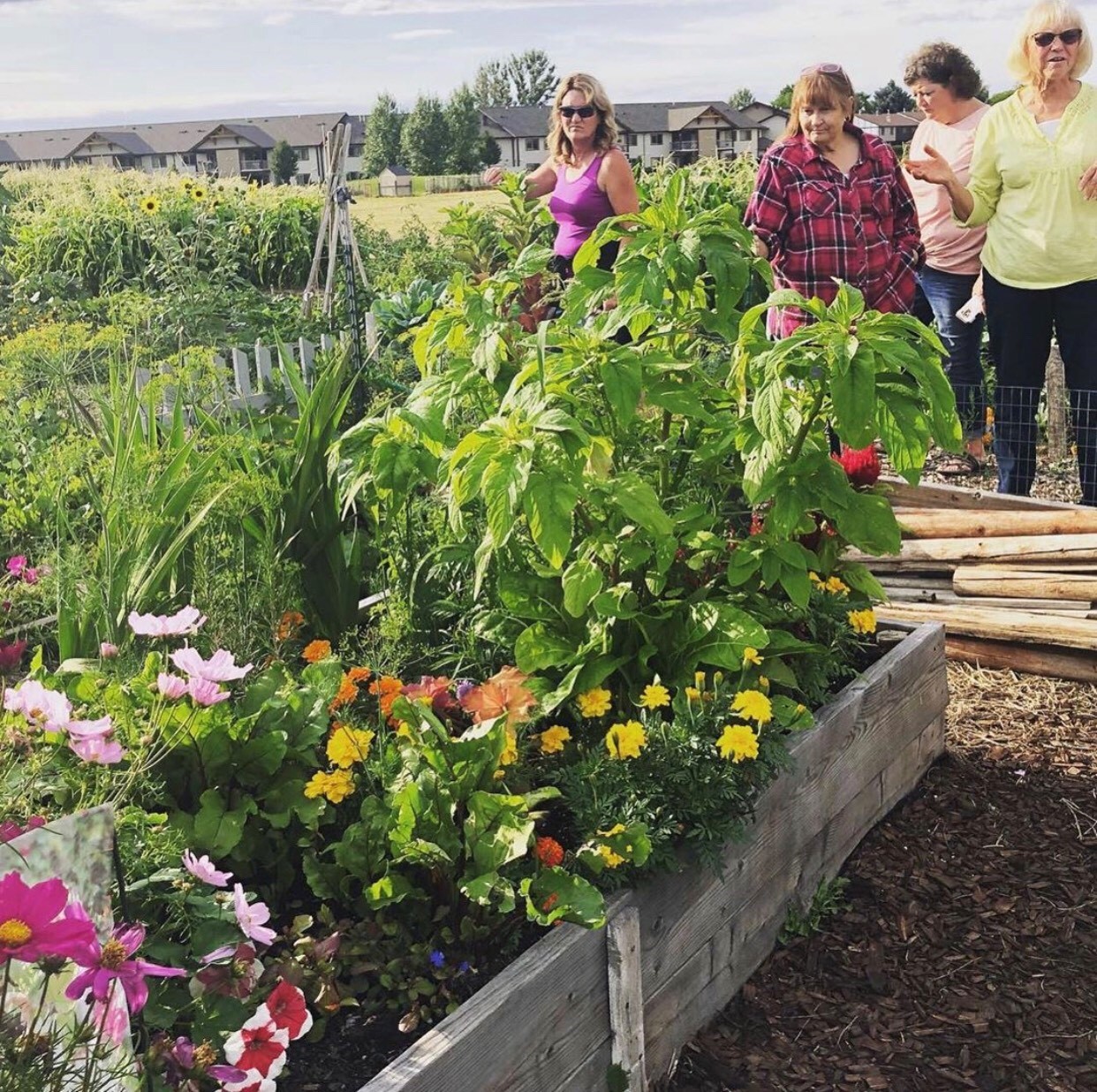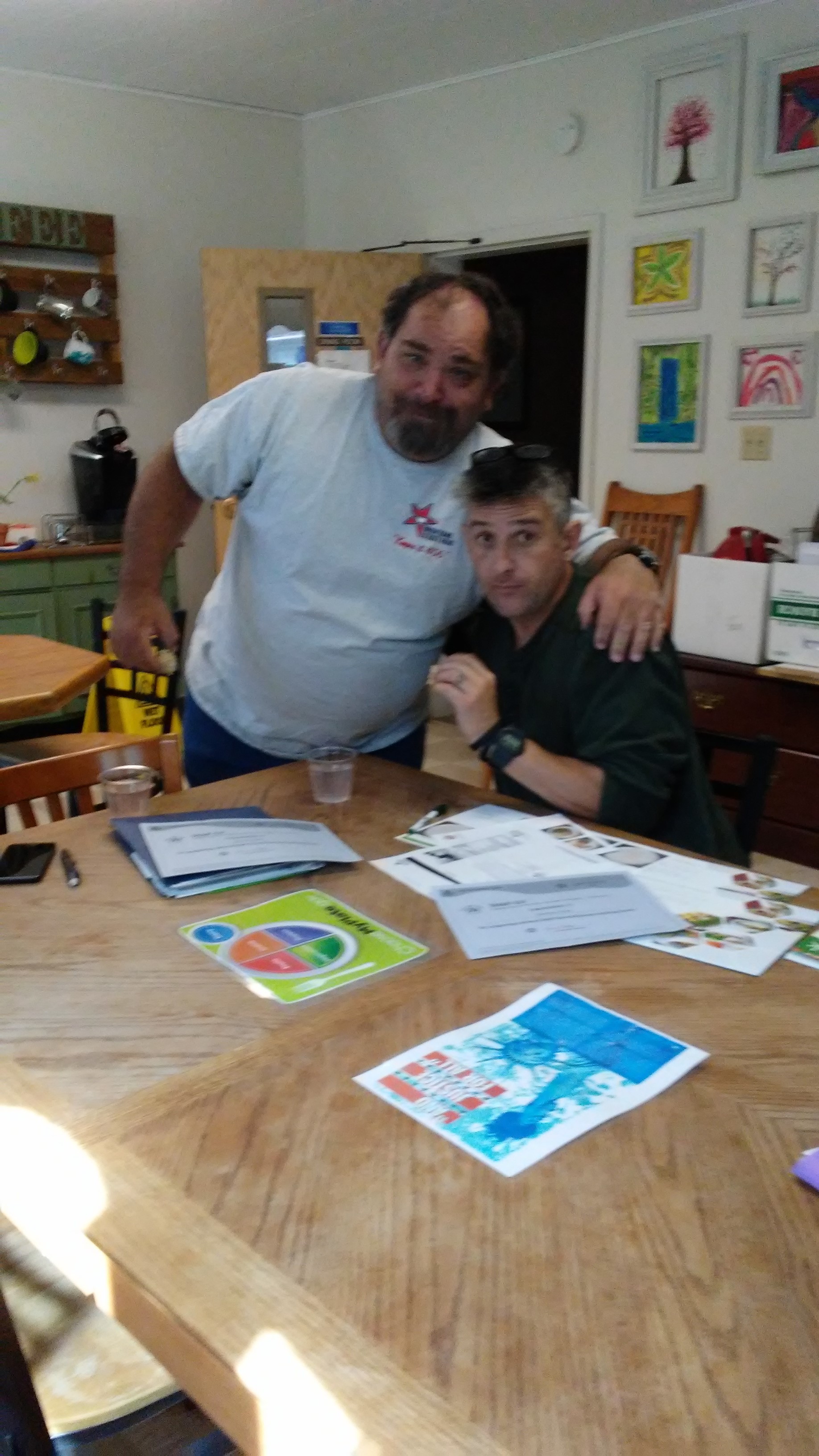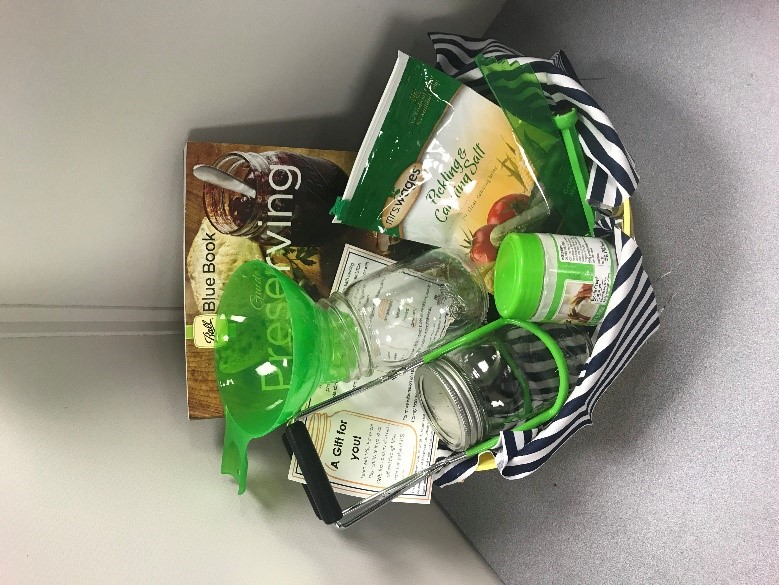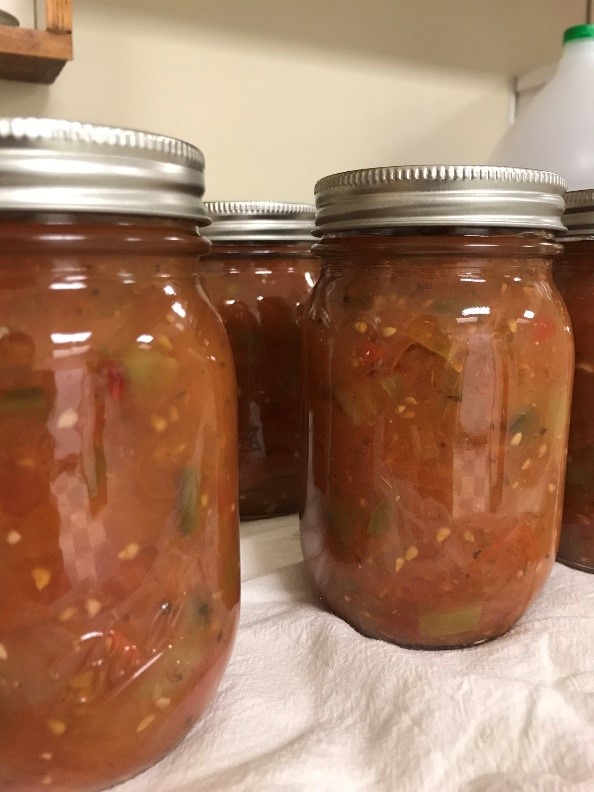
Cascade County
Welcome to Cascade County
Published: 2019By Rose Malisani
Population of the county is approximately 82,300, which includes the rural area, the incorporated city of Great Falls and the towns of Belt, Cascade, Centerville, Fort Shaw, Monarch, Neihart, Sand Coulee, Simms, Sun River, Ulm, and Vaughn, many of which have complete K-12 school systems.
Cascade County’s economic base includes agriculture, the military, education, small manufacturing, food processing and many service industries. The majority of agricultural income is derived from crop production. According to 2014 Montana Agricultural Statistics, the county ranks seventeenth in crop production with over $56 million in cash receipts. Livestock production, primarily beef cattle, is also very important–generating over $78 million in cash receipts and ranking ninth in the state.
Great Falls is home to the Benefis Health Care System (one of the premier hospital and health care organizations in Montana), Malmstrom Air Force Base, and many cultural attractions including the Charles M. Russell Museum/Gallery, the Lewis and Clark Interpretive Center, the Paris Gibson Center and the First People’s Buffalo Jump. Great Falls is a primary destination point for tourism. Outdoor recreational opportunities include fishing, hunting, boating, golfing, hiking, and historical exploration.
Defending against the wind
Published: 2019By Rose Malisani
Rose Malisani, MSU Extension Cascade County Agriculture Agent and Peter Kolb, PhD, MSU Extension Forestry Specialist, partnered to conduct a hands-on workshop about shelterbelts and tree care. Malisani began with an interactive presentation on how to plan a shelterbelt, from tree and shrub selection and planting, to shelterbelt maintenance and care. Kolb’s presentation began in the classroom where he spoke about the functions of trees and woody ornamentals, and how trees grow to defend against insects and diseases. Attendees enjoyed learning how to prune and shape trees for growth, fruit production, and stability. The second portion of Kolb’s presentation was hands-on and outdoors to prune both deciduous and coniferous trees. Kolb illustrated the tools of the trade, from hand-held pruners to a chainsaw, and how to make the proper cuts when pruning. He spoke about safety and tree health while attendees asked questions and helped prune.
The workshop was interactive and extremely educational. A USDA employee stated, "I will be able to work better with the public in terms of shelterbelt and windbreak establishment because of this educational program." The outcomes from the workshop provide value in more people knowing how to properly plan, plant, and care for a shelterbelt or windbreak, and those people finding more success in tree establishment to save on plant replacement and even energy costs with a successful shelterbelt.
Green Thumb Gardening classes take root in Cascade County
Published: 2019By Rose Malisani
The 'Spring into Gardening' class kicked off the series with participants sowing seeds, starting plants, transferring houseplants, and plant cuttings. Participants dug into the class by preparing seedling trays to plant tomato seeds, learning how to properly plant seeds, transferring their own houseplants, and creating cuttings from a mother plant.
'Gardening 101' was a garden-planning session where participants put their garden plan on paper, researched vegetables, planted root vegetable seeds directly in the garden, transplanted tomatoes, and learned about different gardens.
The 'Greenhouse 101' class was taught by Jim Bundi of Bundi Gardens. Participants toured three different types of greenhouses, learned about greenhouse structure, purpose, maintenance, and construction. Bundi discussed which greenhouses are best suited for the home gardener.
In 'Harvesting 101,' participants traveled to a community garden for hands-on education. The class was jointly taught by Janice Driver with River City Harvest and Rose Malisani with MSU Extension in Cascade County. Participants toured the community garden and learned about different vegetable varieties, the best time to harvest vegetables and fruit, how to gather a garden soil sample, soil tests, composting, and preparing the garden for next year.
Twenty-one participants took the opportunity to learn from the Green Thumb Gardening classes. Their gardening knowledge ranged from novice to some experience growing vegetables and fruit. By the end of the classes, participants expressed their increased knowledge of gardening and planted gardens that successfully produced hundreds of pounds of produce.
Project Days for 4-H Members
Published: 2019By Jerrica Seilstad
In the 2018-2019 4-H year, Cascade County 4-H hosted seven Project Day events, each providing multiple workshops and project areas for 4-H members. Each Project Day averaged 8 workshops and an average attendance of 62 4-H members per project day. More than 370 4-H members attended project days in the 2018-2019 year.
4-H members may attend any project workshops, regardless of which personal projects they are enrolled in through 4-H. This exposes them to different projects they may not have considered, as well as introduces them to other members outside of their club and their project interests. Participating 4-H members gained life experience in computer programming, sewing, cooking, raising livestock for consumption, woodworking, setting goals, record keeping, and more. As a direct result, members were given the chance to participate in project workshops, had a higher project completion rate at the end of the year, and broader project interests as reflected in their project selection for the new 4-H year.
Making the Healthy Choice Easy
Published: 2019By Nina Polk
Nina Polk has worked as the Cascade County SNAP-Ed Instructor since 2018. In 2019, Nina taught 33 classes of Youth Understanding My Plate (YUM), 7 Essentials in Creating Family Meals (CREATES), and 39 Eating Smart, Being Active classes.
SNAP-Ed offers free nutrition classes to elementary students in the first, third and fifth grades. A school’s eligibility is based on participation in the Free and Reduced Lunch Program. In Cascade County, qualifying schools that took advantage of the Youth Understanding MyPlate (YUM) nutrition classes included Lewis & Clark Elementary, Vaughn Elementary and the Boys & Girls Club of Cascade County. The classes focus on making healthier food choices and increasing exercise, with 69% of students reporting the classes “improved their diet quality” and ability to choose foods according to Federal Dietary Recommendations.
For SNAP-eligible adults in Cascade County, the SNAP-Ed offers the free nine-week cooking and nutrition class series 'Eating Smart, Being Active' to help adults create healthy, nutritious meals while staying within a tight food budget. In the adult series, all participants showed improvement in one or more diet quality indicators, such as eating fruits and vegetables, or drinking less regular soda, and cooking dinner at home.
A Season for Food Preservation
Published: 2019By Katrin Finch
In 2019, a total of 68 calls with questions about food preservation made it clear that food preservation is a topic of interest. During the 2019 Montana State Fair, 23 one-on-one consults were made with fairgoers to discuss proper and safe canning practices.
In August, Katrin Finch, MSU Extension Cascade County Family and Consumer Sciences Agent and Elaine Wood, an MSU Extension Master Food Preserver, held a four-part, hands-on food preservation series. A total of 20 participants preserved 28 half-pints of apple and blueberry jam, 18 pints of pickles, 16 pints of salsa, 18 pints of butternut squash and 15 pints of salmon for a total of more than 10 gallons of product (81 pints). At the conclusion of the series, participants reported gains in knowledge about canning practices, proper procedures, and food safety. One participant stated, “I had no idea I had been using improper practices, I'm glad I have updated information to keep my friends and family safe.” At the conclusion of class, three participants reported harvesting fruit trees and preserving the produce in their own home, with others planning to preserve game meat after hunting season.


